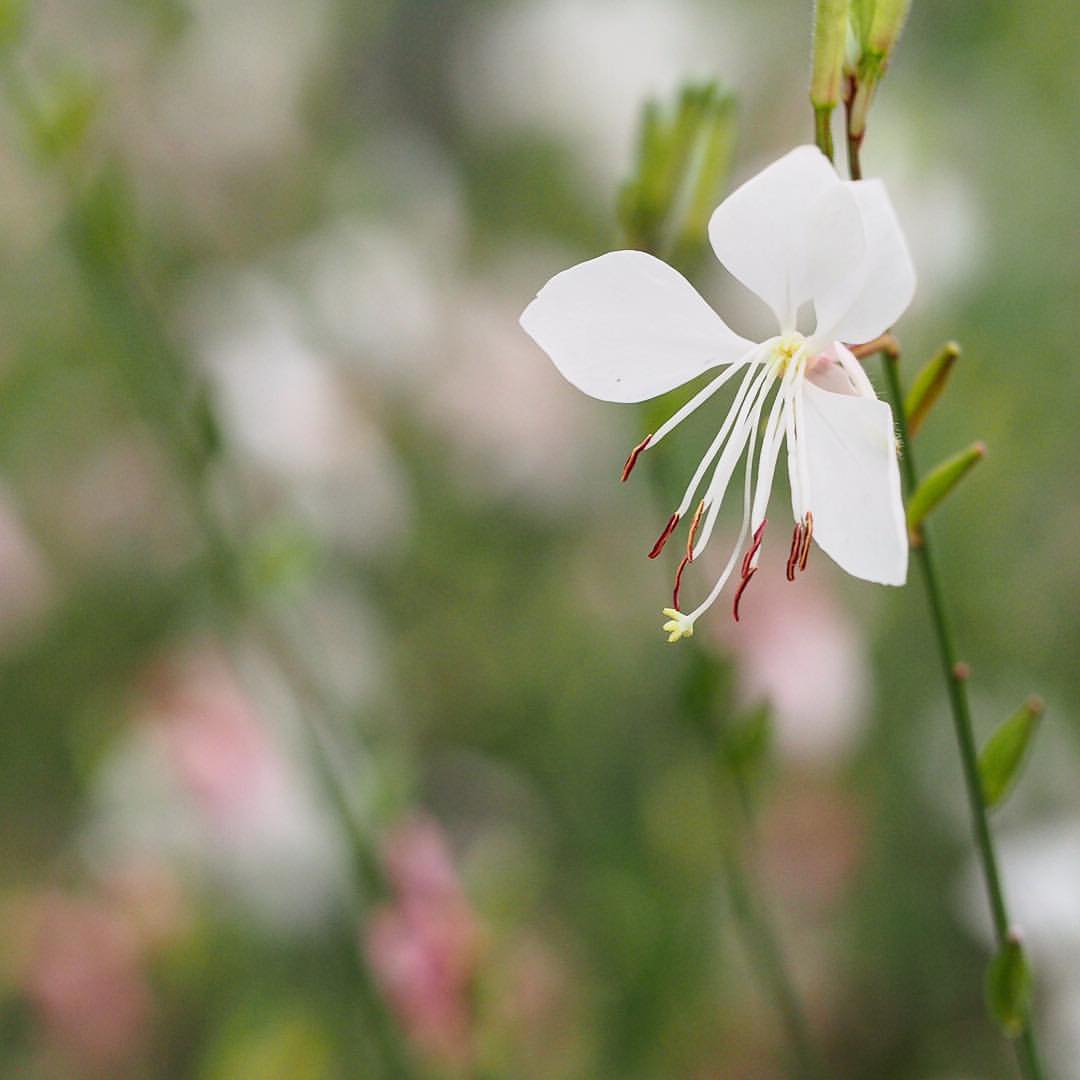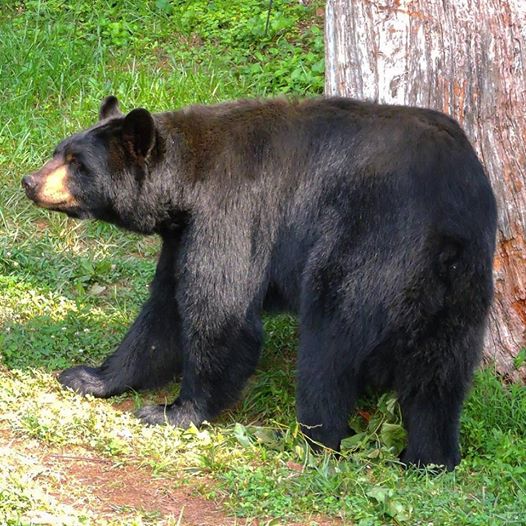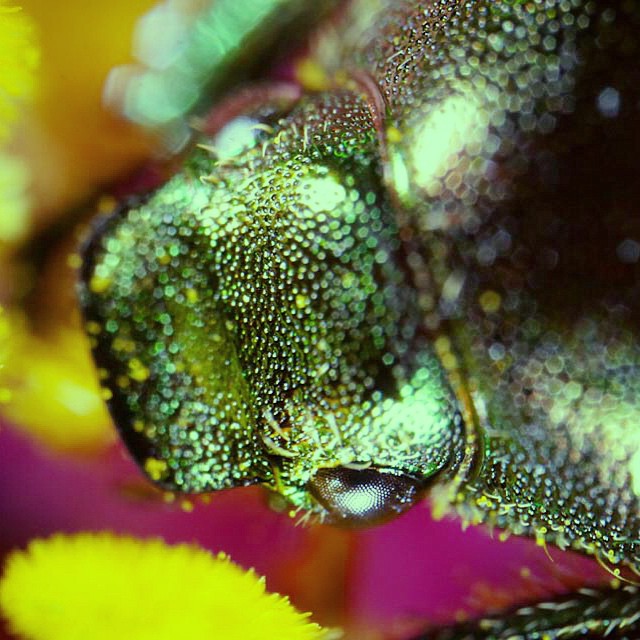
It is the height of summer here, and my yard is like a miniature safari jungle. My houseplants are outside until the first frost and window boxes on my porch are filled with flowers, attracting an endless flutter and buzz of visiting pollinators. When I explore with a macro lens, easily overlooked denizens of my garden become enlarged to reveal fearsome predators. Here a praying mantis seems to be dancing while perched on my sago palm.
I have always welcomed mantises to my garden, since they have been promoted for decades as natural pest control. But recent studies suggest that they are as likely to eat beneficial insects as pests, and now a new study adds yet another reason not to encourage them. Mantids have been documented eating small vertebrates, including frogs, lizards, snakes and mice, but bird predation wasn’t widely studied. Researchers scoured the literature including books and scientific journals dating from 1864 up to current social media posts. They found 147 cases of mantids capturing small birds in 13 countries on every continent except Antarctica. Over 70% of reports are from the US, and the most common prey species are ruby-throated hummingbirds. The conclusion was that people should consider whether to use large and especially non-native mantids in gardens for pest control.
Mantids are a relatively minor threat compared to natural predators like hawks, and cats represent a much greater threat from non-native species. In the US cats kill hundreds of millions of birds every year. Still, I am now patrolling my porch and plan to evict praying mantises that try to take up residence. I keep a close eye on the ruby-throated hummingbirds that flash their bright throats color coordinated with the brilliant Salvia blossoms in my window box. From now on, I may question the motives of a praying mantid’s potentially sinister prayers, and hope they aren’t answered.



